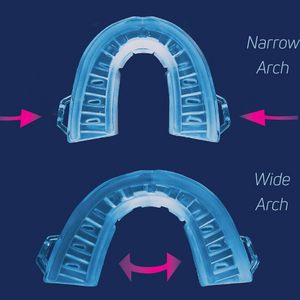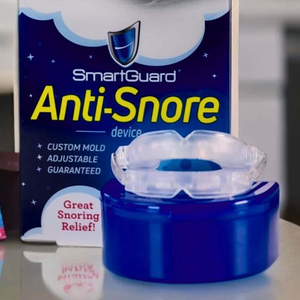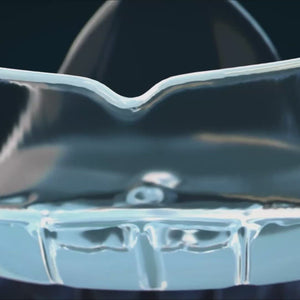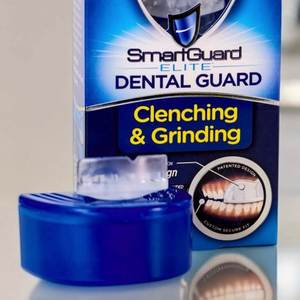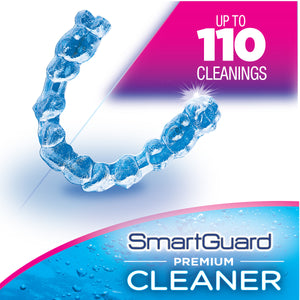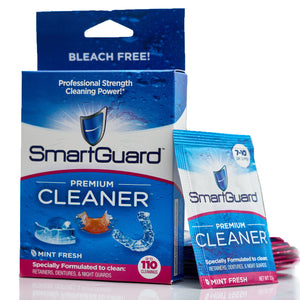Jan 09, 2024
HOW DO ASTRONAUTS SLEEP, BRUSH TEETH, AND USE THE BATHROOM?
In space, the lack of gravity affects everything from sleeping to brushing teeth to using the toilet. Without prior planning and the right equipment, these tasks can be very difficult, dangerous, and downright messy.
HOW TO SLEEP WHEN YOU CAN’T LIE DOWN
Astronauts sleep in small cabins, about the size of a small shower stall. Sleeping bags are attached to a wall to keep the astronauts from floating around during sleep. Though sleeping without gravity is certainly strange, they still experience many of the same things during sleep as they did on Earth, such as dreams, nightmares, and snoring. But because sound waves require an atmospheric medium to be heard, the snoring can’t be heard so won’t disturb the other astronauts. This is a big plus, especially if one of the astronauts happens to snore like a lawnmower. Fortunately, when necessary for work or socializing, astronauts communicate by the use of radios. The main benefits, therefore, of using an anti-snore device in space are to prevent “snore-throat” and improve breathing during sleep.
Humans have a “biological clock,” a circadian rhythm, which regulates sleepiness and wakefulness. It is established in the neurochemistry of our brains by the rising and setting of the sun—daylight and darkness. In space, this circadian rhythm is disrupted; therefore, astronauts must follow and keep track of sleep times and awake times to ensure they’re getting enough sleep to maintain good health. Alarm clocks that vibrate or music played to ear buds are critical. A lack of sleep can cause work mistakes, which could be devastating to a space station and the safety of its passengers.
BRUSHING TEETH IN SPACE
There are several fascinating and humorous videos that depict how astronauts brush their teeth. A toothbrush, toothpaste, and a bag of water are the requisite supplies. The astronaut squeezes a blob of water out of the bag and touches the toothbrush to it for moistening. Thanks to the surface tension of water, the blob of water absorbs into the brush bristles. Then the toothbrush grabs a bit of toothpaste. After brushing, the astronaut can either swallow or spit into a paper towel. Then for a rinsing drink, another blob of water is squeezed out the bag, and the astronaut inhales it with an open mouth. (See Youtube videos by Chris Hadfield or by the ISS, International Space Station.) NASA has developed a toothpaste that doesn’t foam and is easier to swallow; it’s fittingly called NASA-dent.
SHOWERING IN SPACE
This is a problem. Imagine trying to shower when the water does not fall onto your body. You have to squirt it, direct it, and wipe it. When the space station Skylab was in orbit, it had a special type of shower. Astronauts stepped inside a collapsed tube and strapped their feet in at the “bottom.” Then they pulled the tube up around them and clipped it in at the “top.” They’d smear liquid soap all over themselves and then rinse it off with about 12 cups of pressurized water coming through a hose and showerhead inside the tube. Then they had to dry off with a towel and suction up every single water droplet so none would moisten the electronics and cause a short in a circuit. This type of showering in space takes about two hours, so many astronauts simply skip it. Sponge baths are more popular in space. The use of rinseless shampoos has been demonstrated on Youtube and is commonly used.
USING THE TOILET IN SPACE
This one can be tricky. No floating accidents, please! A specially designed toilet uses a fan to create suction for both numbers one and two. Being NASA, a home for scientists and engineers, the urine is recycled into water, and solid waste is stored in a container that is cleaned out every 10 days. The toilet has a seat, a metal bucket, and a hose. A funnel and a fan direct urine into the hose for recycling. A plastic liner with a red tab takes solid waste for disposal. (Is this where some of the debris in space comes from? There’s gotta be a joke in here, somewhere.) The bathroom stalls have several handles and footholds to prevent the astronauts from drifting while doing their business.
To learn more about how astronauts use the bathroom in space, you can watch the video by Samantha Cristoforetti, an Italian astronaut who demonstrates how to operate the switches, hoses, bags, and seats of the space toilet system. Or, you can watch the video by Chris Cassidy, an American astronaut who explains how to use the funnel, the fan, and the plastic liner to dispose of waste.
DO ASTRONAUTS EXERCISE IN SPACE?
Astronauts must exercise in space to keep bones and muscles strong. Without gravity, there is no tension or resistance on the skeleton, and this weakens bodies; therefore, they exercise one to two hours per day with space treadmills, stationary bikes, and elastic tubes and bands to provide resistance.

